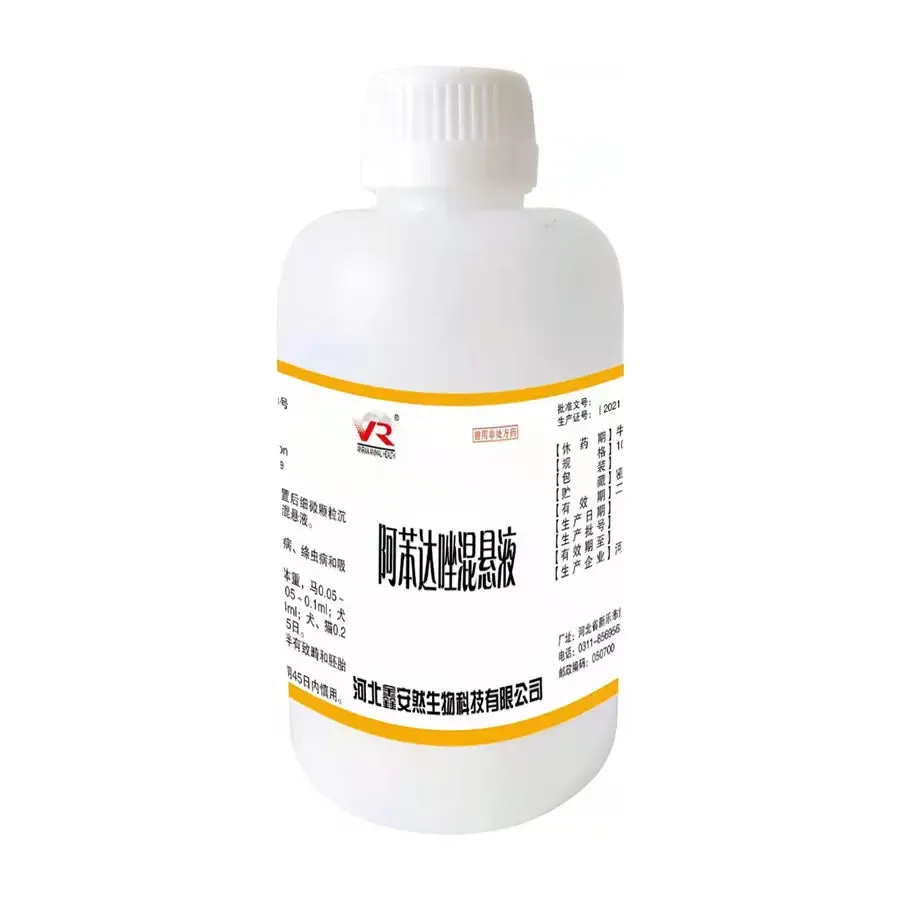- Afrikaans
- Albanian
- Amharic
- Arabic
- Armenian
- Azerbaijani
- Basque
- Belarusian
- Bengali
- Bosnian
- Bulgarian
- Catalan
- Cebuano
- Corsican
- Croatian
- Czech
- Danish
- Dutch
- English
- Esperanto
- Estonian
- Finnish
- French
- Frisian
- Galician
- Georgian
- German
- Greek
- Gujarati
- Haitian Creole
- hausa
- hawaiian
- Hebrew
- Hindi
- Miao
- Hungarian
- Icelandic
- igbo
- Indonesian
- irish
- Italian
- Japanese
- Javanese
- Kannada
- kazakh
- Khmer
- Rwandese
- Korean
- Kurdish
- Kyrgyz
- Lao
- Latin
- Latvian
- Lithuanian
- Luxembourgish
- Macedonian
- Malgashi
- Malay
- Malayalam
- Maltese
- Maori
- Marathi
- Mongolian
- Myanmar
- Nepali
- Norwegian
- Norwegian
- Occitan
- Pashto
- Persian
- Polish
- Portuguese
- Punjabi
- Romanian
- Russian
- Samoan
- Scottish Gaelic
- Serbian
- Sesotho
- Shona
- Sindhi
- Sinhala
- Slovak
- Slovenian
- Somali
- Spanish
- Sundanese
- Swahili
- Swedish
- Tagalog
- Tajik
- Tamil
- Tatar
- Telugu
- Thai
- Turkish
- Turkmen
- Ukrainian
- Urdu
- Uighur
- Uzbek
- Vietnamese
- Welsh
- Bantu
- Yiddish
- Yoruba
- Zulu
10 月 . 15, 2024 10:12 Back to list
disinfectants in veterinary practice
Disinfectants in Veterinary Practice
Disinfectants play a crucial role in maintaining the health and safety of both animals and veterinary staff in clinical settings. With the increasing incidence of zoonotic diseases and antibiotic resistance, the importance of effective disinfection cannot be overstated. This article explores the various types of disinfectants used in veterinary practice, their efficacy, and best practices for usage.
In veterinary clinics, disinfectants are utilized to eliminate pathogens from surfaces, instruments, and equipment, thereby reducing the risk of transmission of infectious diseases. Commonly used disinfectants include quaternary ammonium compounds (quats), bleach (sodium hypochlorite), phenolic compounds, and hydrogen peroxide. Each of these agents has its own spectrum of activity, effectiveness against specific pathogens, and appropriate use cases.
Quaternary ammonium compounds are popular due to their low toxicity and high effectiveness against bacteria, though they may be less effective against certain viruses and spores. They are often used for general surface cleaning in areas where animals are housed or treated. Bleach is a powerful disinfectant effective against a wide range of pathogens, including viruses and bacteria, but it can be corrosive and must be properly diluted and handled with care. Phenolic compounds are effective against both bacteria and viruses but can be harmful to certain surfaces and should be used cautiously. Hydrogen peroxide is an eco-friendly option that is effective against bacteria, viruses, and spores, making it a versatile choice in various settings.
disinfectants in veterinary practice

When implementing a disinfection protocol, it's essential to follow best practices to ensure maximum effectiveness. This includes thorough cleaning of surfaces to remove organic matter, as many disinfectants require a clean surface to achieve their full efficacy. Additionally, proper dilution and application of disinfectants, as per manufacturer guidelines, are critical to ensure safety and effectiveness. It is also crucial to allow adequate contact time for the disinfectant to work before rinsing or using the surface.
Veterinary clinics must also consider the potential for developing resistant strains of pathogens. Over-reliance on specific disinfectants can lead to decreased effectiveness, making it necessary to rotate disinfectants and employ a multi-modal approach to infection control.
In conclusion, disinfectants are an indispensable element of veterinary practice, serving as a frontline defense against infectious diseases. By understanding the different types of disinfectants, their appropriate application, and maintaining best practices in cleaning and disinfection, veterinary professionals can significantly enhance the safety and health of both animals and staff within their facilities. As we continue to face new challenges in veterinary medicine, the thoughtful application of disinfectants will remain a key component in promoting animal health and welfare.
-
The Power of Radix Isatidis Extract for Your Health and Wellness
NewsOct.29,2024
-
Neomycin Sulfate Soluble Powder: A Versatile Solution for Pet Health
NewsOct.29,2024
-
Lincomycin Hydrochloride Soluble Powder – The Essential Solution
NewsOct.29,2024
-
Garamycin Gentamicin Sulfate for Effective Infection Control
NewsOct.29,2024
-
Doxycycline Hyclate Soluble Powder: Your Antibiotic Needs
NewsOct.29,2024
-
Tilmicosin Premix: The Ultimate Solution for Poultry Health
NewsOct.29,2024













